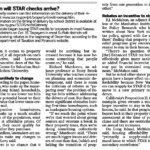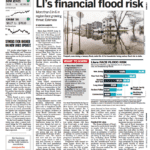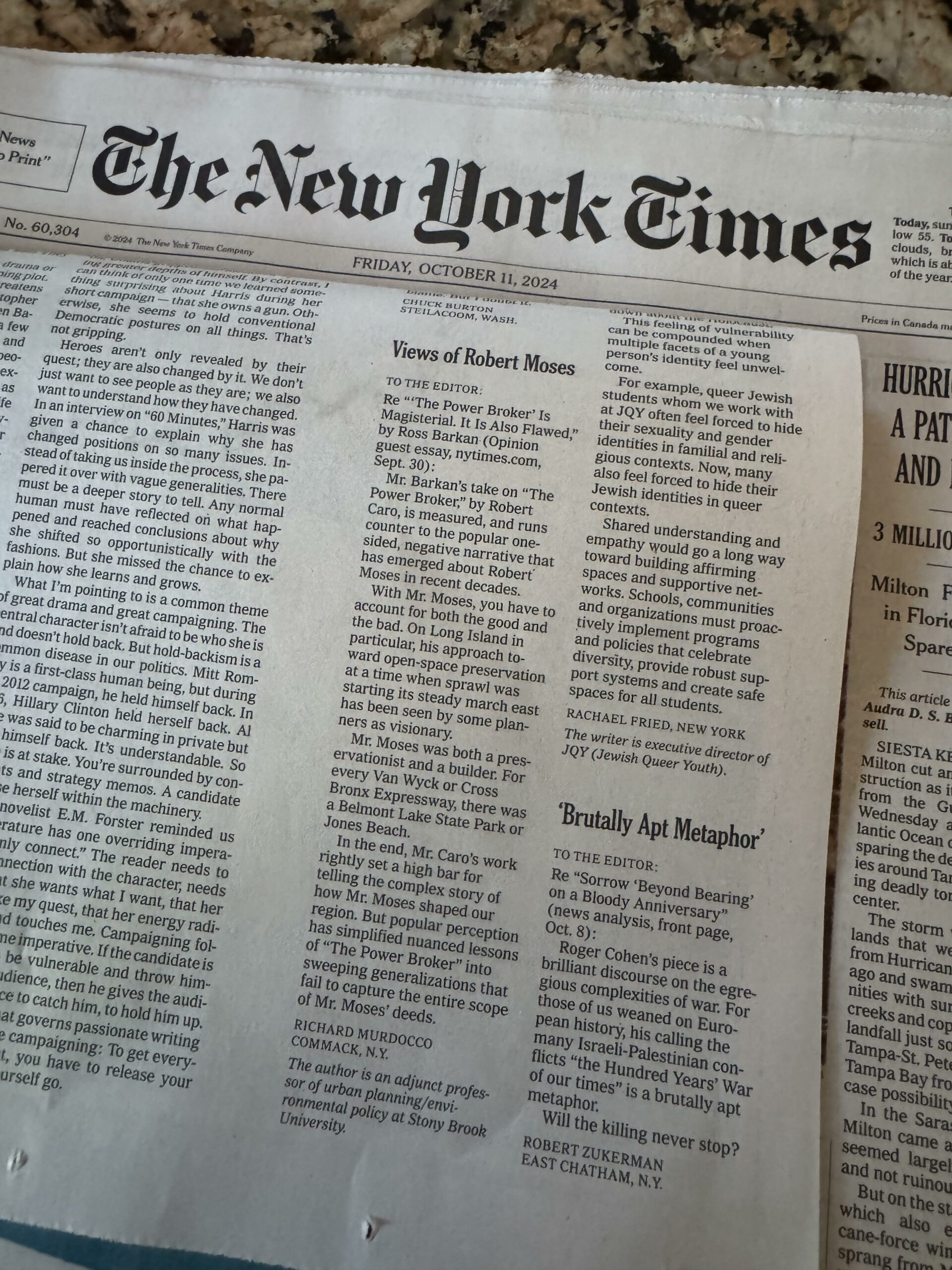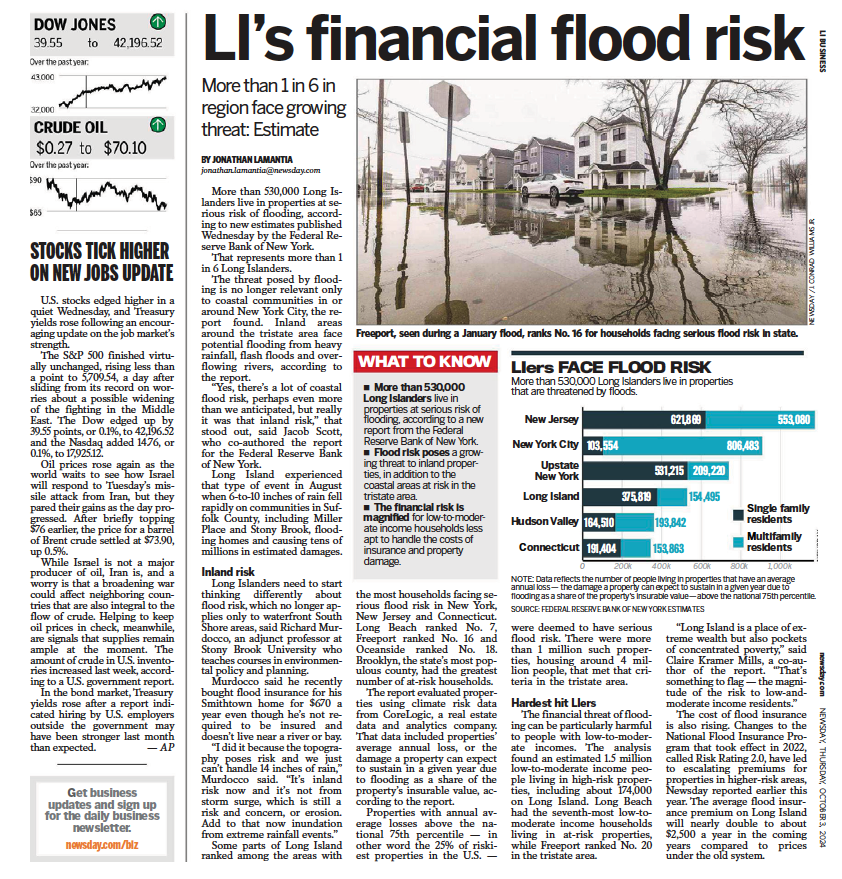This past weekend, Long Island lost a leader.
Pearl Kamer spent her career tracking Long Island’s regional economy, charting our ever-climbing suburban rise in the late ’60s, the decline of defense industry in the late 1980s and the rise of the low-wage retail growth we’ve seen in the years since. With the Long Island Regional Planning Board, Kamer helped to set a strong foundation for many key recommendations that built Nassau and Suffolk counties.
After retiring from the LIRPB in 1995, Kamer worked for the Long Island Association for 18 years. Each month, the economic report from LIA’s “Kamer’s Corner” provided a vital public service that has become increasingly rare on Long Island – a non-biased, regional perspective that puts methodology and analysis first. Sadly, our land-use policies and approach to development is skewing toward a different model. The players are biased, their methods ignore sound urban planning principles and the output is reflective of the current milieu of regional thought on Long Island.
What made Pearl Kamer special was not just her localized focus, but her work’s unwavering commitment to the profession and study of economics. Her reports were not shaped by bias or outsider influence, but rather, crafted from economic theories and truisms that were data-driven. Thanks to her efforts, the LIRPB anticipated the decline of the defense industry, and the LIA early on called for the need to diversify our regional economy beyond the then-looming retail expansion. In both instances, substantive policy recommendations were made, but it seems that policymakers were, not surprisingly, too slow to react, costing the region years of potential opportunities.
On Long Island, there has been a fundamental shift in the way we conduct our regional analyses. Work that was once was conducted as a consortium of professionals and residents, the very type of environment in which Kamer honed and produced her work, now has become the work of nonprofit advocacy groups, industry-involved stakeholders and government officials. When it comes to policy output, you get what you put in. If developers are sitting on regional councils that determine the best ways on how to solve our problems, you’re going to get development-heavy solutions.
In an age where critical regional policy analysis is being farmed out, we consistently see solutions presented that aren’t effectively balancing Long Island’s needs. For example, while Long Island lacks the rental housing stock of its suburban contemporaries, the recent push to expand multi-family development without calling for the simultaneous preservation of open space is poor planning. These half-hearted solutions are the direct byproduct of this new model of regional policy formulation. Kamer’s approach was always refreshing because it brought a sense of balance to a field that was, and continues to become, increasingly unbalanced. Kamer’s economic work across the decades was a critical piece of the larger puzzle that is the Nassau-Suffolk region, and her contributions will be missed.
In September 2012, Pearl Kamer wrote the following in what was her last annual factbook for the LIA:
The rebuilding process will be lengthy and will require ongoing cooperation between all stakeholders in the economy. The skills of the Long Island workforce must be upgraded to qualify workers for the jobs of the future. Also needed are the public-private partnerships that will rebuild Long Island’s aging infrastructure, renew its older downtowns, redevelop underutilized parcels and utilize remaining open spaces in an intelligent manner. Long Island’s housing market is far from healed. A relatively large overhang of homes in some stage of foreclosure must clear the market before local home prices can begin to rise. Both Nassau and Suffolk county governments have significant fiscal problems and must evaluate what services they can reasonably afford to provide.
Long Island has the resources to turn its economy around and the will to do so.
The policy decisions being made today will create the foundation for future economic prosperity.
Her words are still relevant. Let’s translate them into meaningful policy and action.













